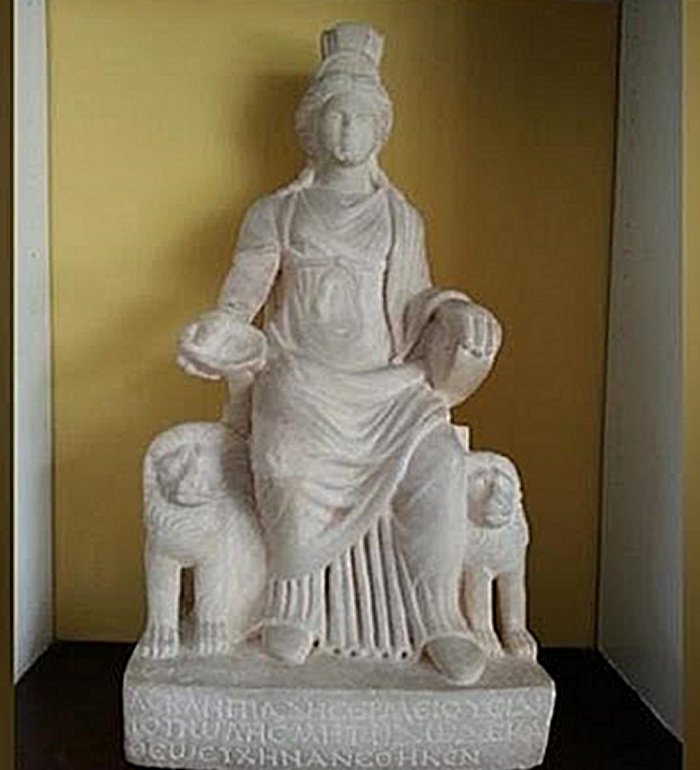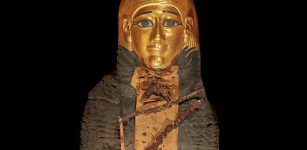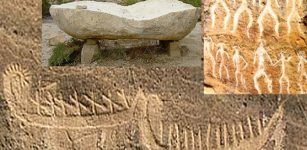Statue Of Goddess Cybele Looted In The 1960s Returned To Turkey
Conny Waters - AncientPages.com - Considered as the symbol and protector of fertility and abundance in pre-historic times, Cybele statue is now displayed in an Istanbul museum.
The goddess Cybele, a Phrygian goddess originating in the mythology of ancient Anatolia, Turkey whose worship spread to the cities of ancient Greece and the Roman Empire. Image credit: Anadolu Agency.
The statue was finally returned after hard work of Turkish authorities after they proved its origins and halted the audition process in the US.
The statue of the prehistoric goddess Cybele was smuggled to Israel in 1960s and sold there, but finally returned home from the US after nearly 60 years of hard work by Turkish authorities.
On exhibition in its temporary place in Istanbul Archaeological Museums, the 1,700-year-old statue is believed to be dating back to the 3rd century A.D. and was originated in the Anatolian territory, according to the inscriptions and its typological features, writes Turkish Press.
The lions on both sides of the Cybele, worshipped since prehistoric times, indicate the mother goddess’ dominance over both nature and animals. The influence of Cybele was widespread in the Mediterranean basin, especially in Anatolia.
“Hermeios’ son, Asclepiades from Sideropolis erected the votive statue to Twelve Olympians,” is inscribed on the statue’s pedestal.
According to AA, Turkish authorities said the return process of the statue began after their Israeli counterparts got in touch about the item’s sale.
The statue was presented to the 12 major Greek deities as an offering. "Hermeios' son, Asclepiades from Sideropolis erected the votive statue to the Twelve Olympians," is written on the statue.
Later, the statue will be displayed in a new museum that will be built in western Afyonkarahisar (in Turkish: fortress). The top of the rock in Afyon has been fortified for a long time. The place was known to the Hittites as Hapanuwa, and was later occupied by Phrygians, Lydians, and Achaemenid Persians until it was conquered by Alexander the Great.
After the death of Alexander the city (now known Nikopolis) was ruled by the Seleucids and the kings of Pergamon, then Rome and Byzantium. The Byzantine emperor Leo III after his victory over Arab besiegers in 740 renamed the city Nicopolis (Greek for "city of victory").
Written by Conny Waters - AncientPages.com Staff Writer





















